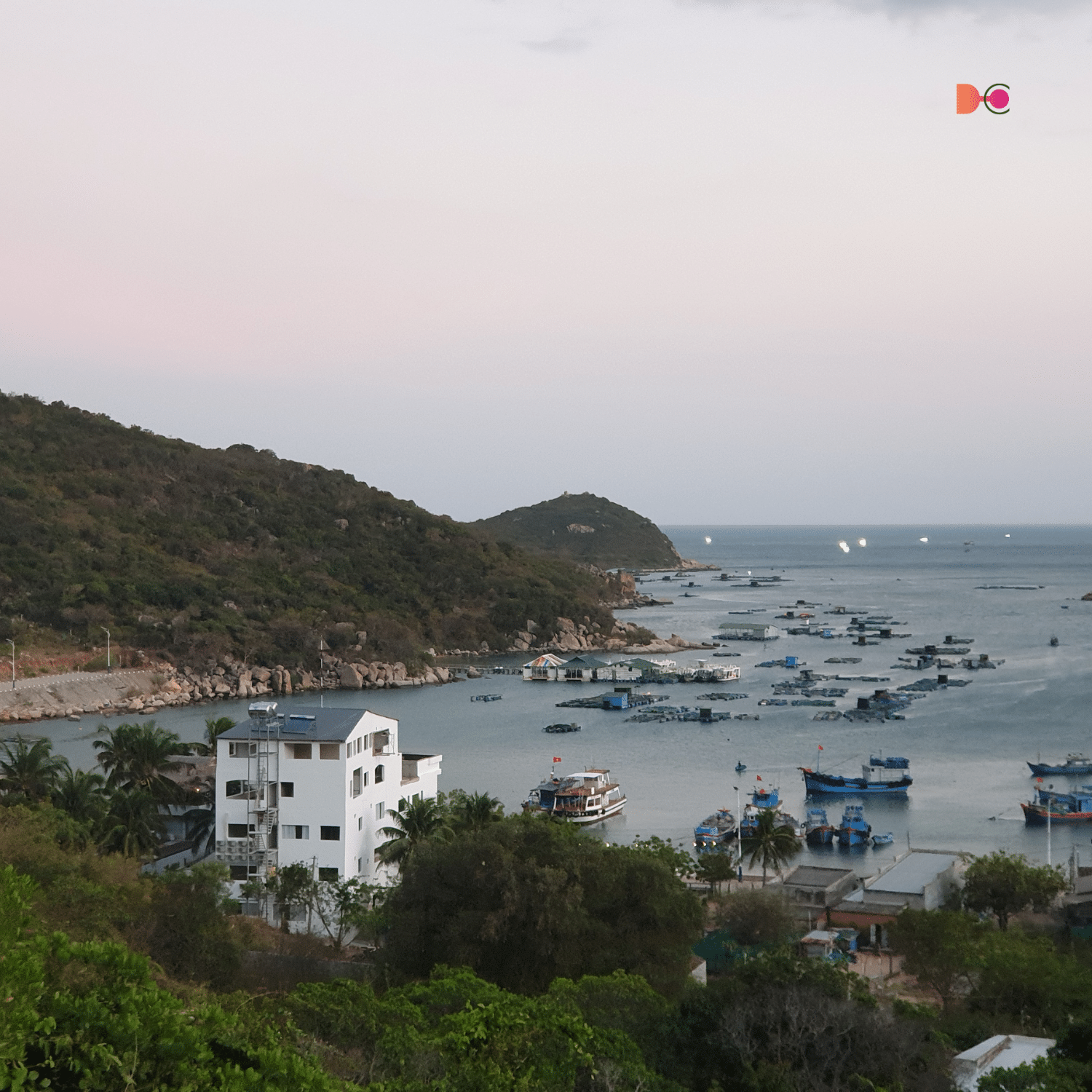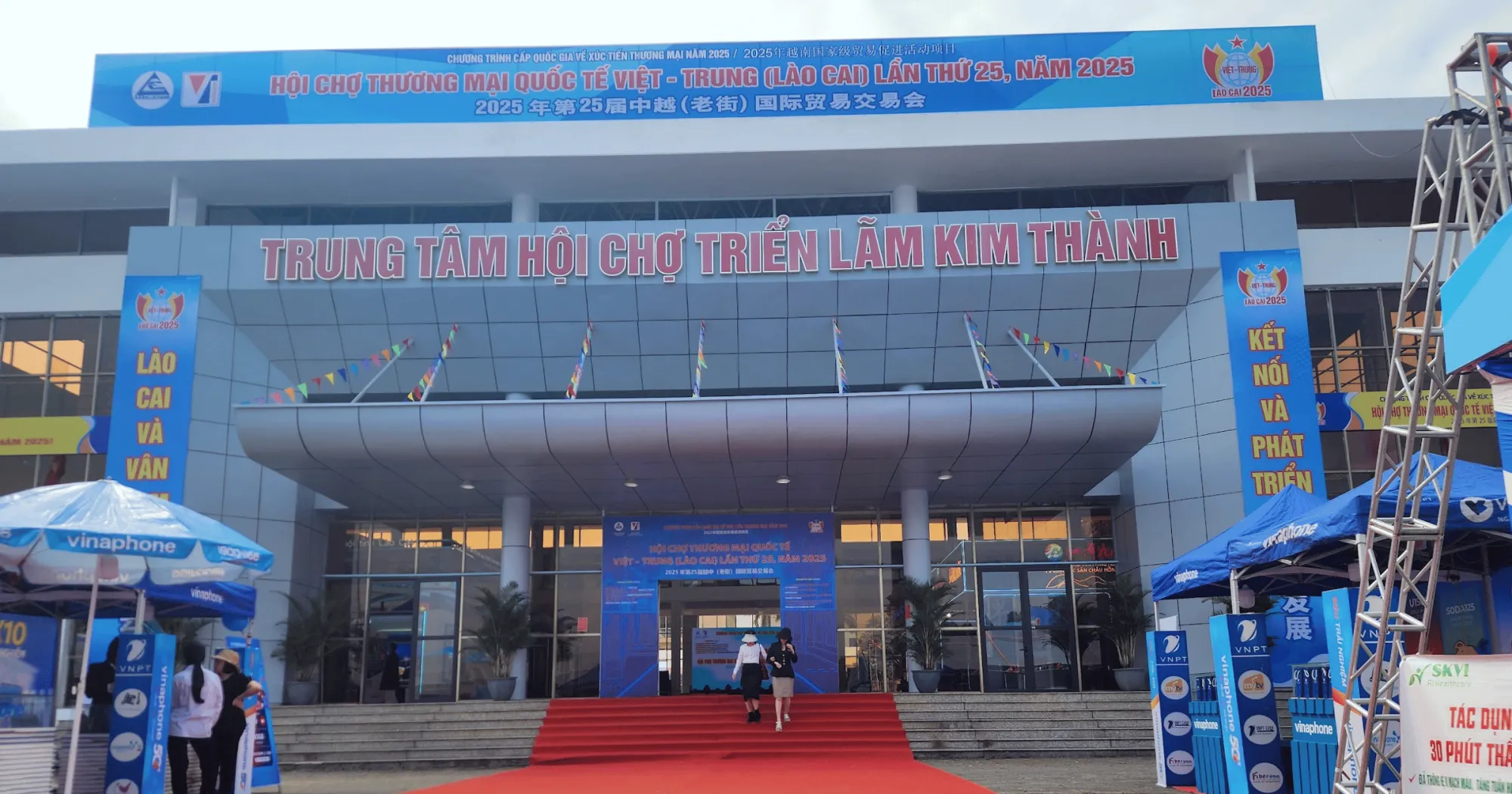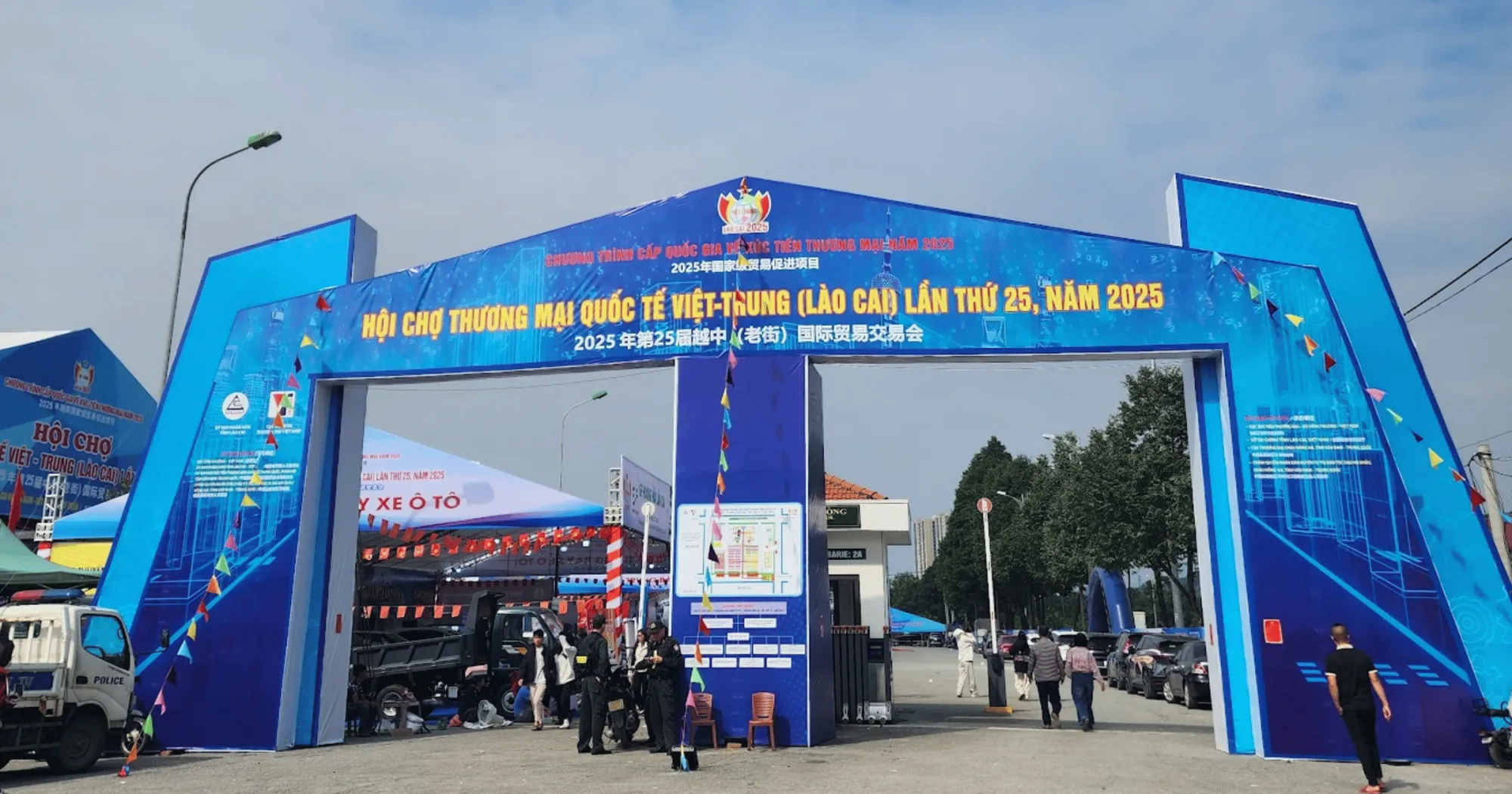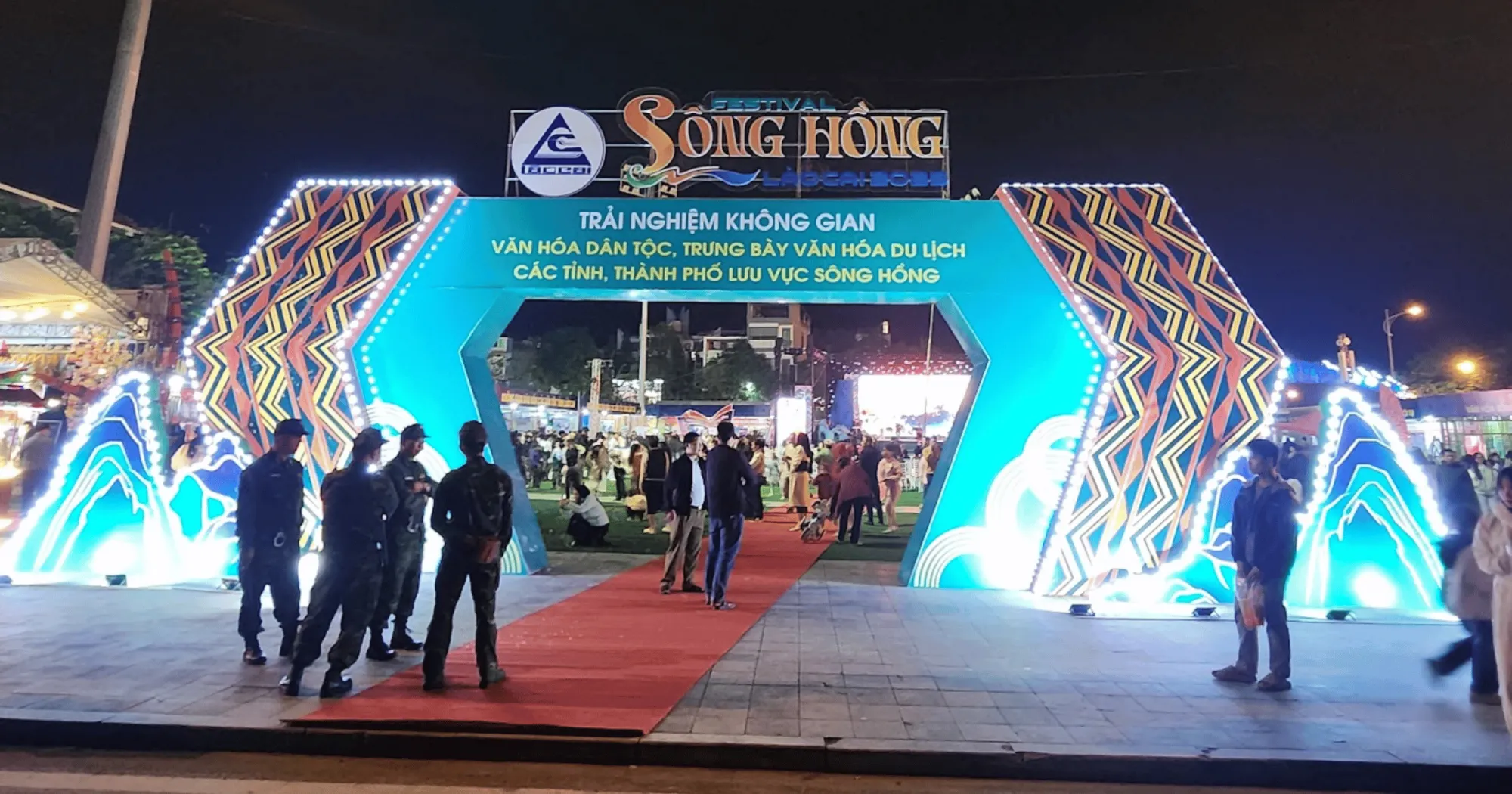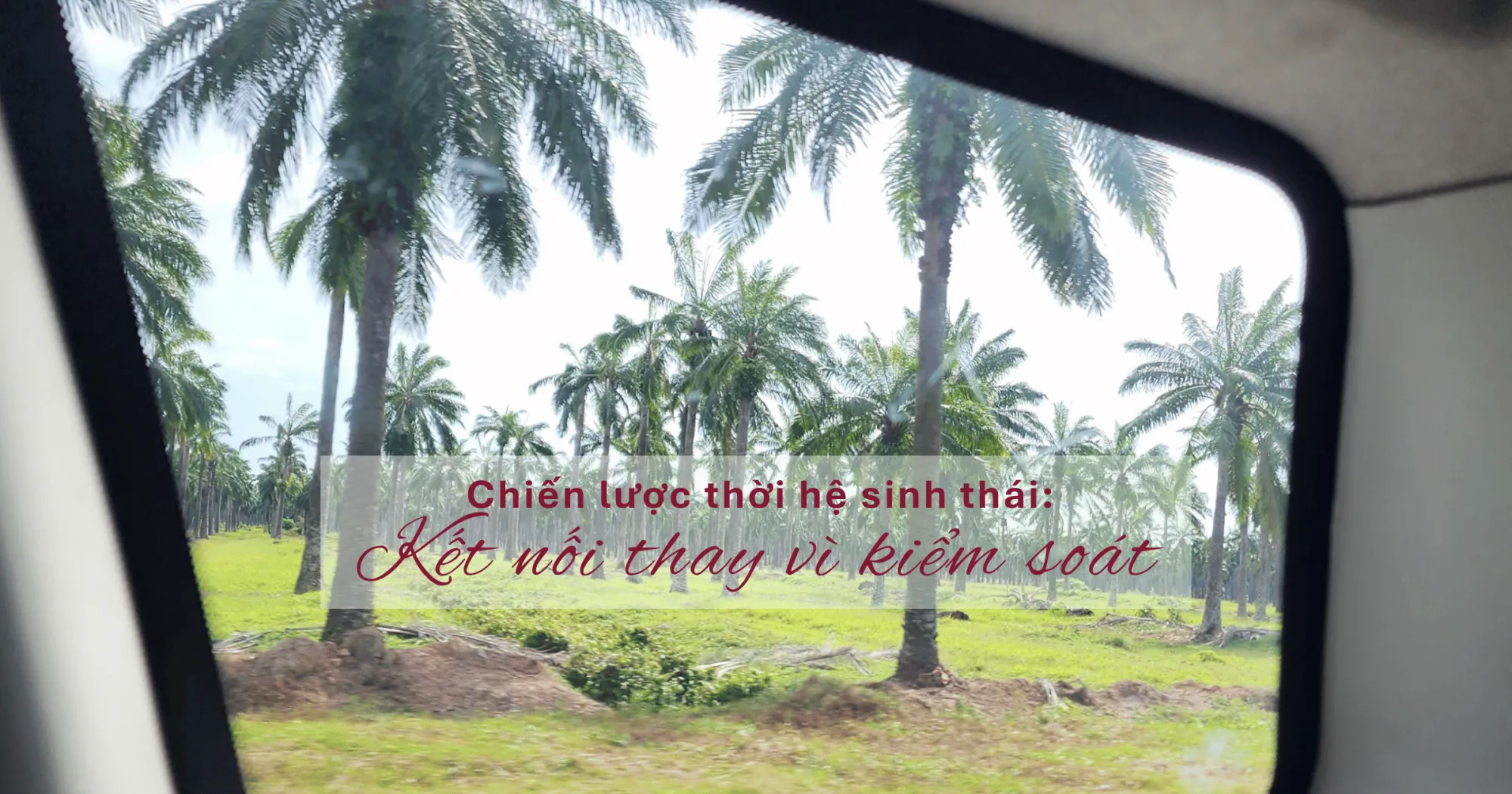In the context of the aquaculture industry facing many challenges such as climate change and environmental pollution, HDPE cages have emerged as a sustainable and effective solution for marine aquaculture. With high durability, environmental friendliness and the ability to optimize the farming process, HDPE cages not only help increase production but also protect the marine ecosystem. This article will analyze in detail the benefits, challenges and practical applications of HDPE cages in sustainable aquaculture development.
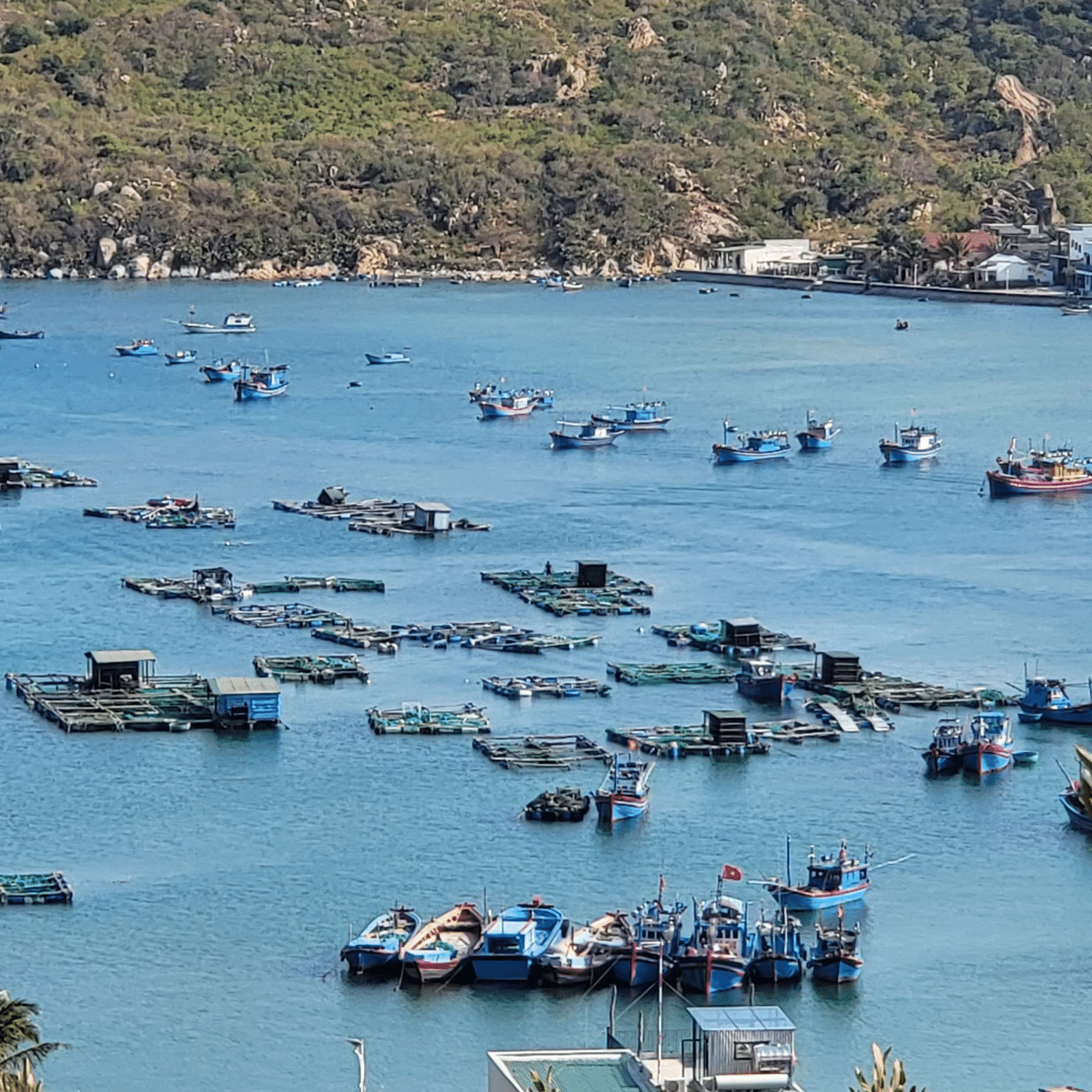
1. Introduction
The aquaculture industry is facing many challenges from climate change, environmental pollution to the decline of aquatic resources. In that context, the application of sustainable marine farming technologies such as HDPE (polyethylene) cages is becoming a new trend, contributing to economic growth and protecting the marine environment.
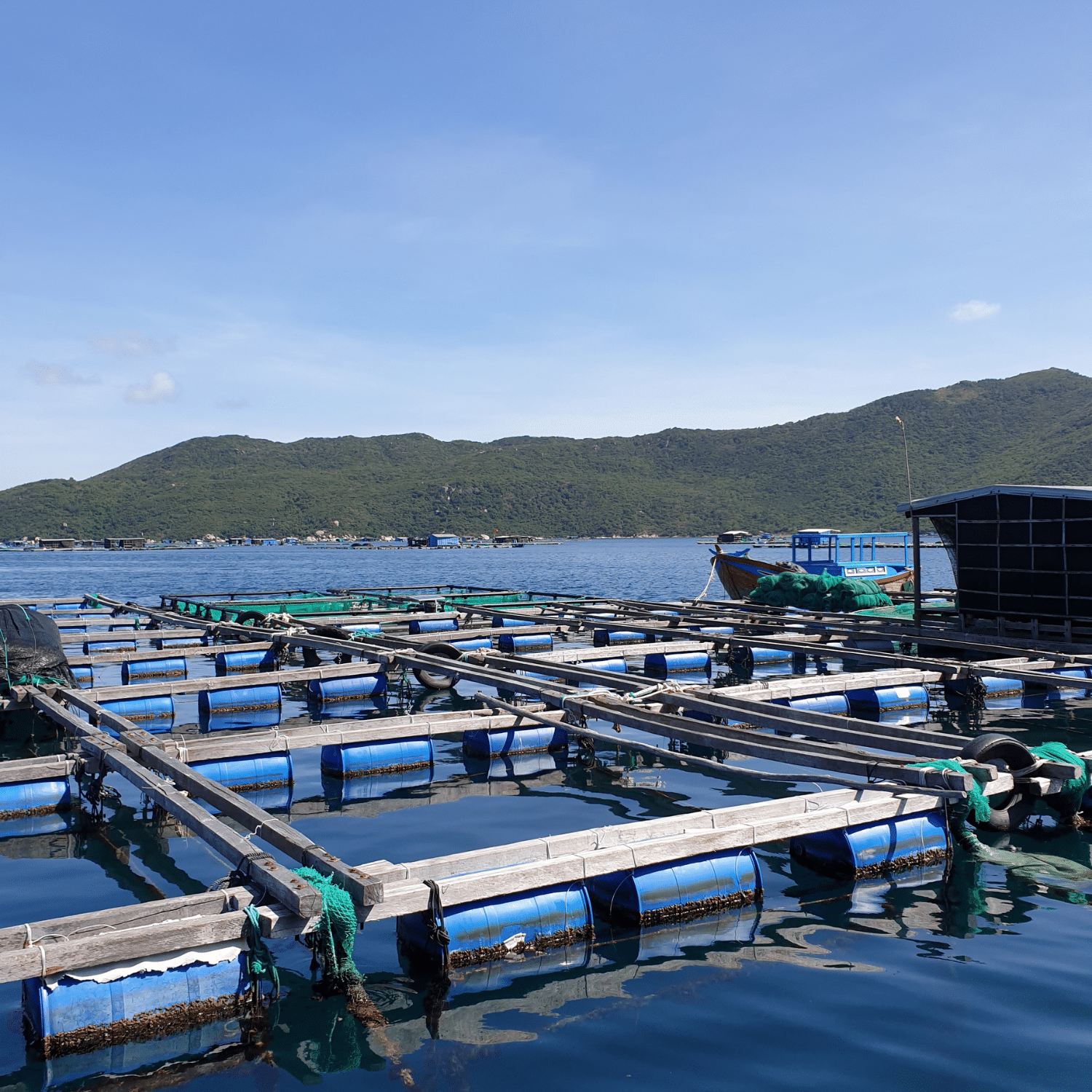
Traditional wooden and metal cages have many limitations such as easy damage, high maintenance costs and environmental pollution. Switching to HDPE cages offers many outstanding benefits, including high durability, minimizing negative impacts on the environment and optimizing economic efficiency.

2. Benefits of HDPE Cages in Marine Farming
- High durability and superior corrosion resistance: HDPE cages are made from high-density polyethylene, which can withstand the harsh effects of salt water, UV rays and storms. Compared to traditional cages, HDPE cages have a lifespan of up to 20 years, helping to reduce replacement and maintenance costs.
- Environmental protection: HDPE is a safe, non-toxic and recyclable material. Using HDPE cages helps to reduce plastic waste from traditional materials, while limiting marine pollution.
- Increased economic efficiency: Low maintenance costs, flexible design, easy to expand farming scale. HDPE cages also optimize the harvesting and operating process, helping fishermen save time and effort.
- Good resistance to harsh conditions: With anti-corrosion properties, high pressure resistance and no deformation, HDPE cages are capable of stable operation in rough sea conditions.
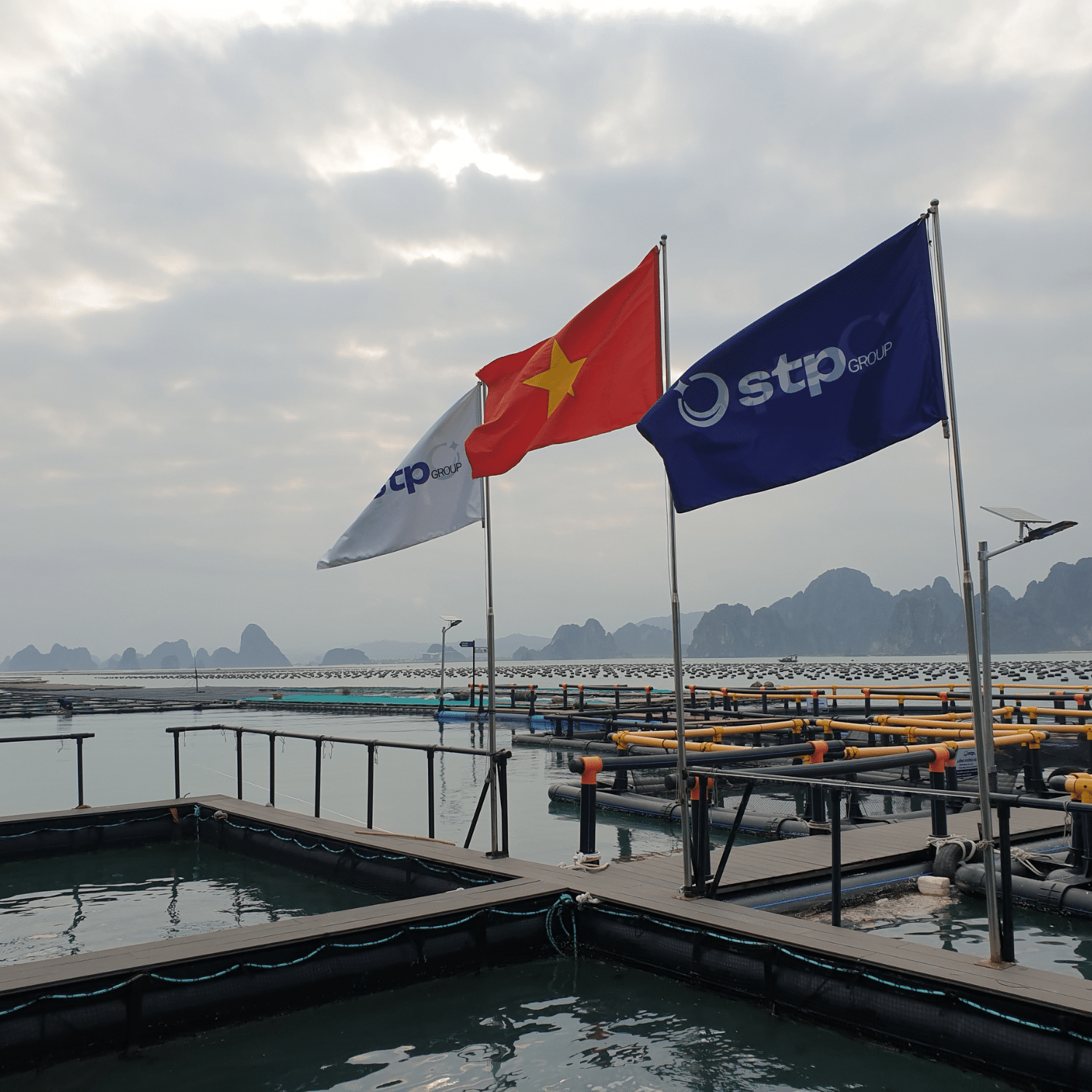
3. Why Switch to HDPE Cages?
Limitations of traditional cages: Wooden and metal cages are susceptible to corrosion and damage from seawater and harsh weather. This not only increases operating costs but also affects the quality of aquatic products.
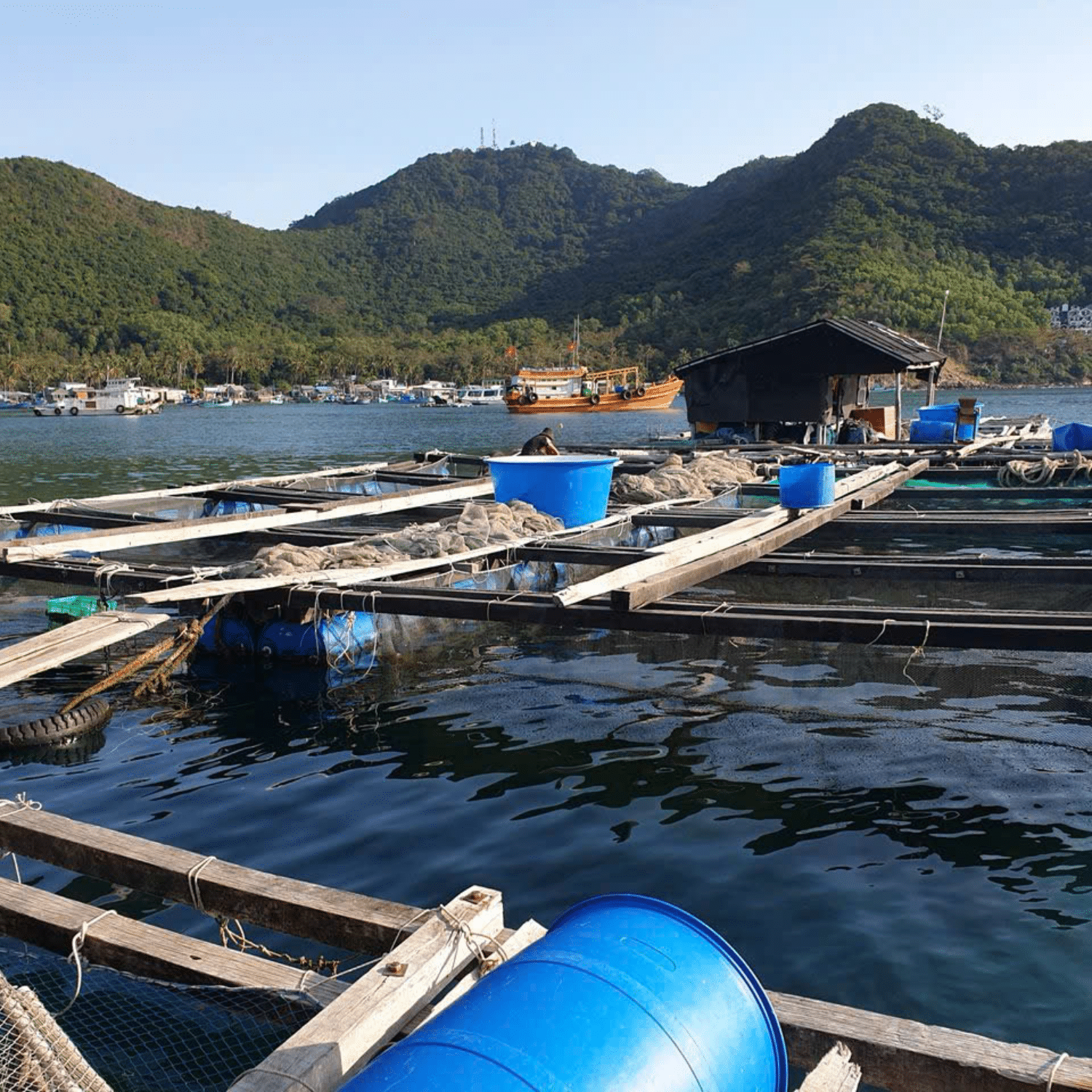
- Sustainable development requirements: The conversion to HDPE cages is in line with the trend of sustainable aquaculture, minimizing negative impacts on the environment and ensuring long-term benefits.
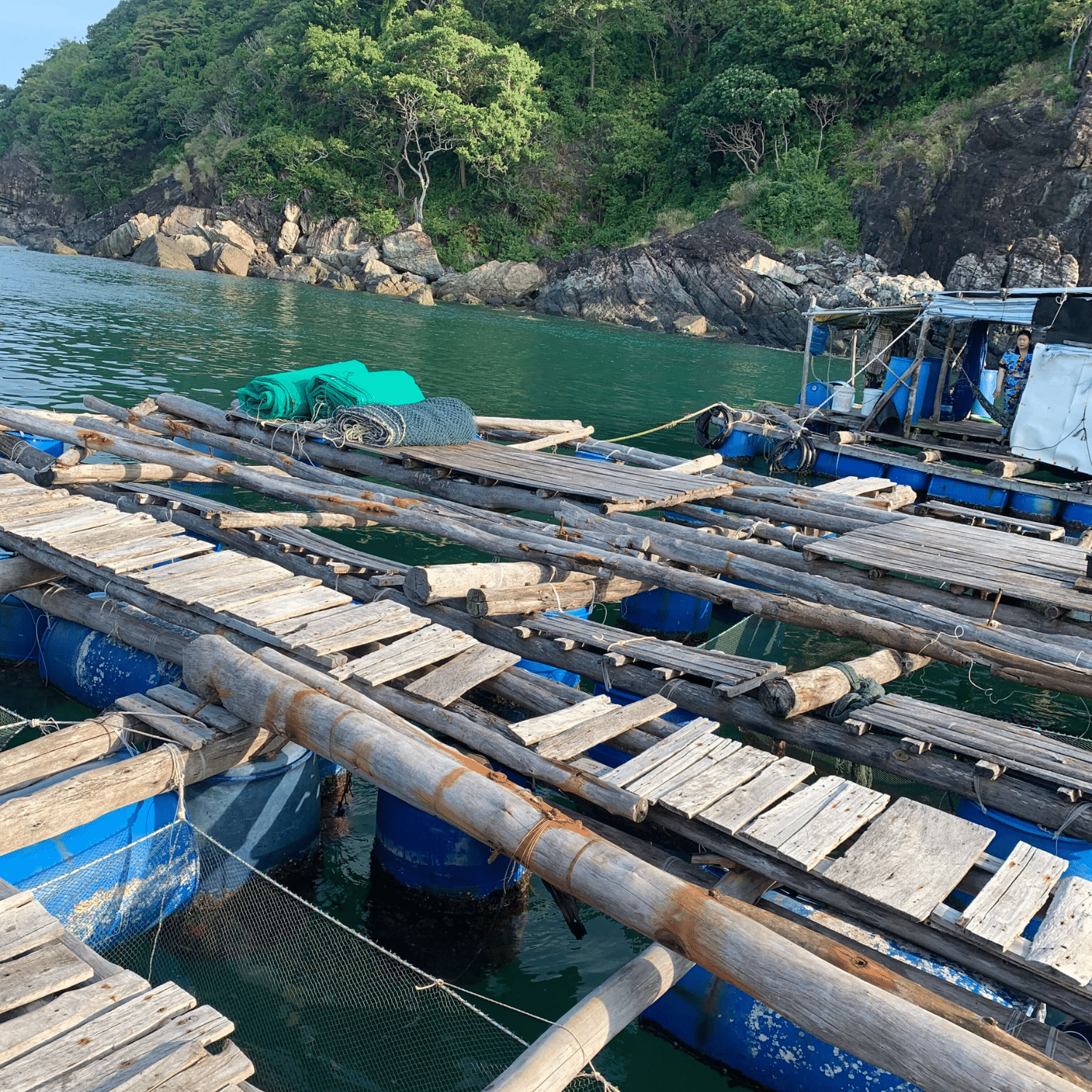
- Global trend: Countries with developed aquaculture industries such as Norway and Japan have applied HDPE cages and achieved significant success. The conversion helps Vietnam catch up with the trend and improve its competitiveness in the international market.
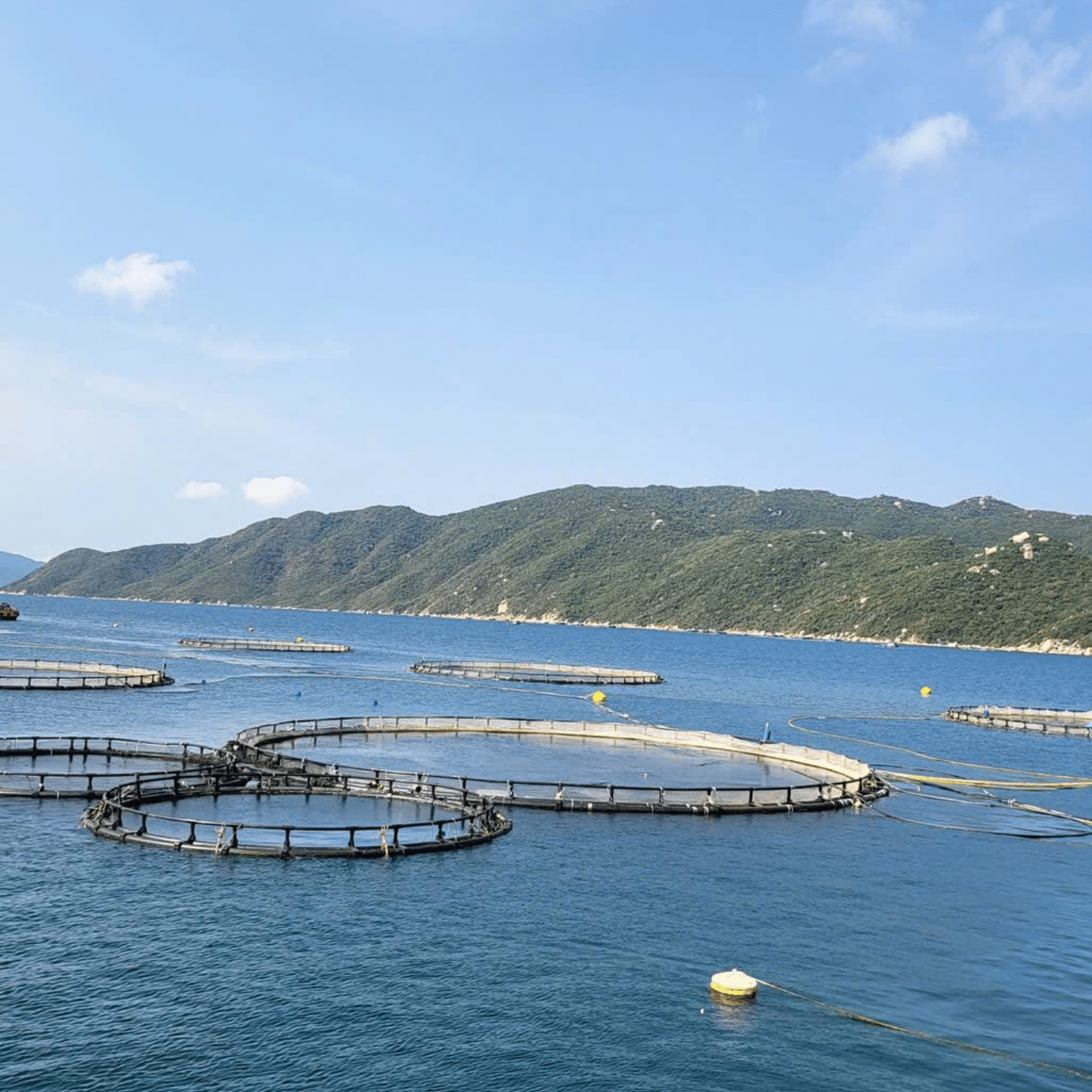
4. Practical Application of HDPE Cages
Many countries such as Norway, Japan, and Vietnam are promoting the application of HDPE cages in marine aquaculture. In Vietnam, coastal provinces such as Khanh Hoa, Binh Dinh, Cat Ba – Hai Phong… have applied them as pilot models, impressing with their output and quality of harvest.
The HDPE cage model has been applied to many types of seafood with high economic value such as grouper, pomfret, lobster… The results show that the survival rate of aquatic products has increased significantly, operating costs have decreased, and the water environment has been better protected.
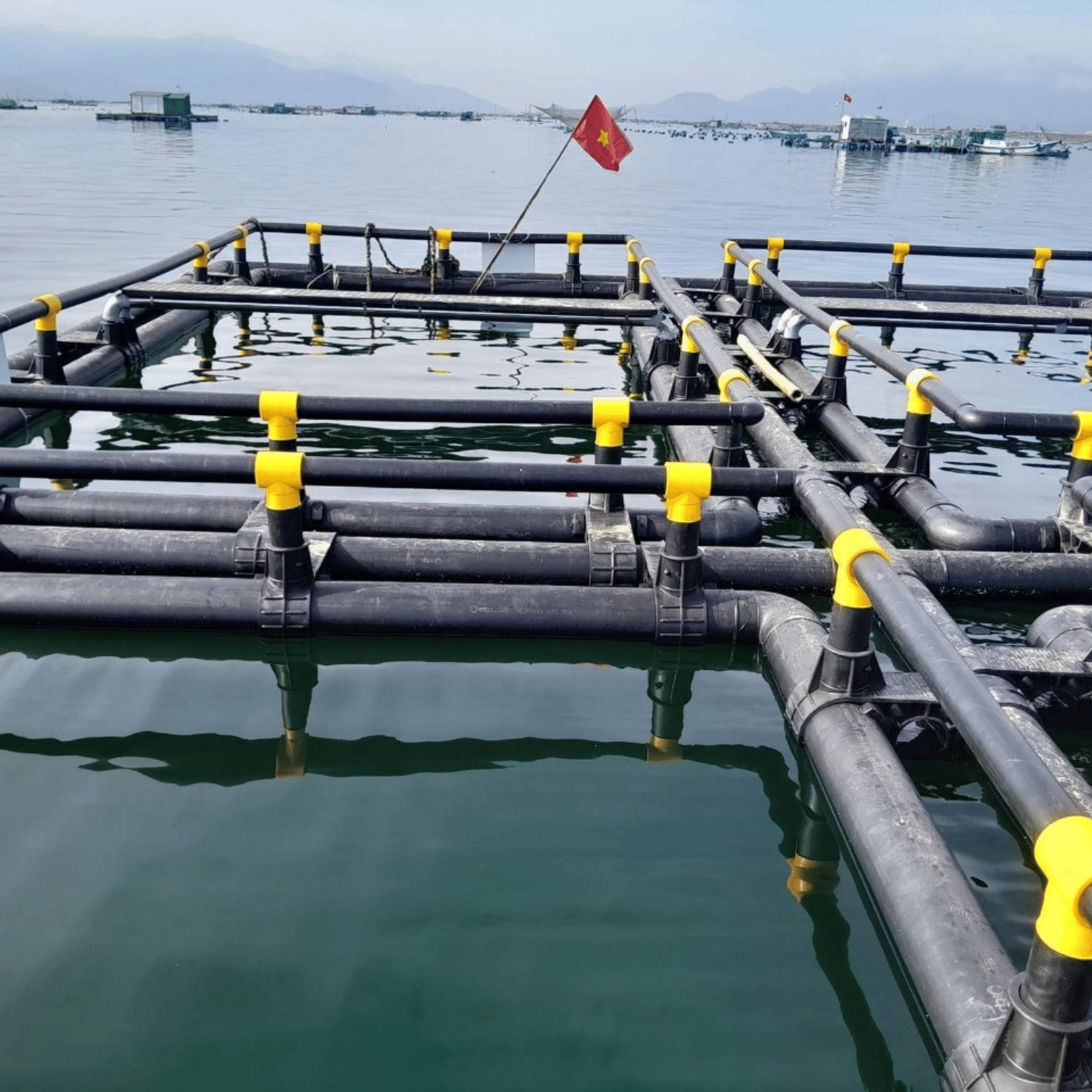
5. Challenges and Solutions
- High initial investment costs: HDPE cages have higher initial installation costs than traditional cages. The solution is to implement policies to support loans and encourage fishermen to apply new technologies.
- Training and technology transfer: It is necessary to organize training courses and transfer techniques on using HDPE cages to help fishermen access and apply them more effectively.
- Policy and planning: The State needs to have long-term policies in planning marine farming areas, creating favorable conditions for the expansion and development of HDPE cage models.
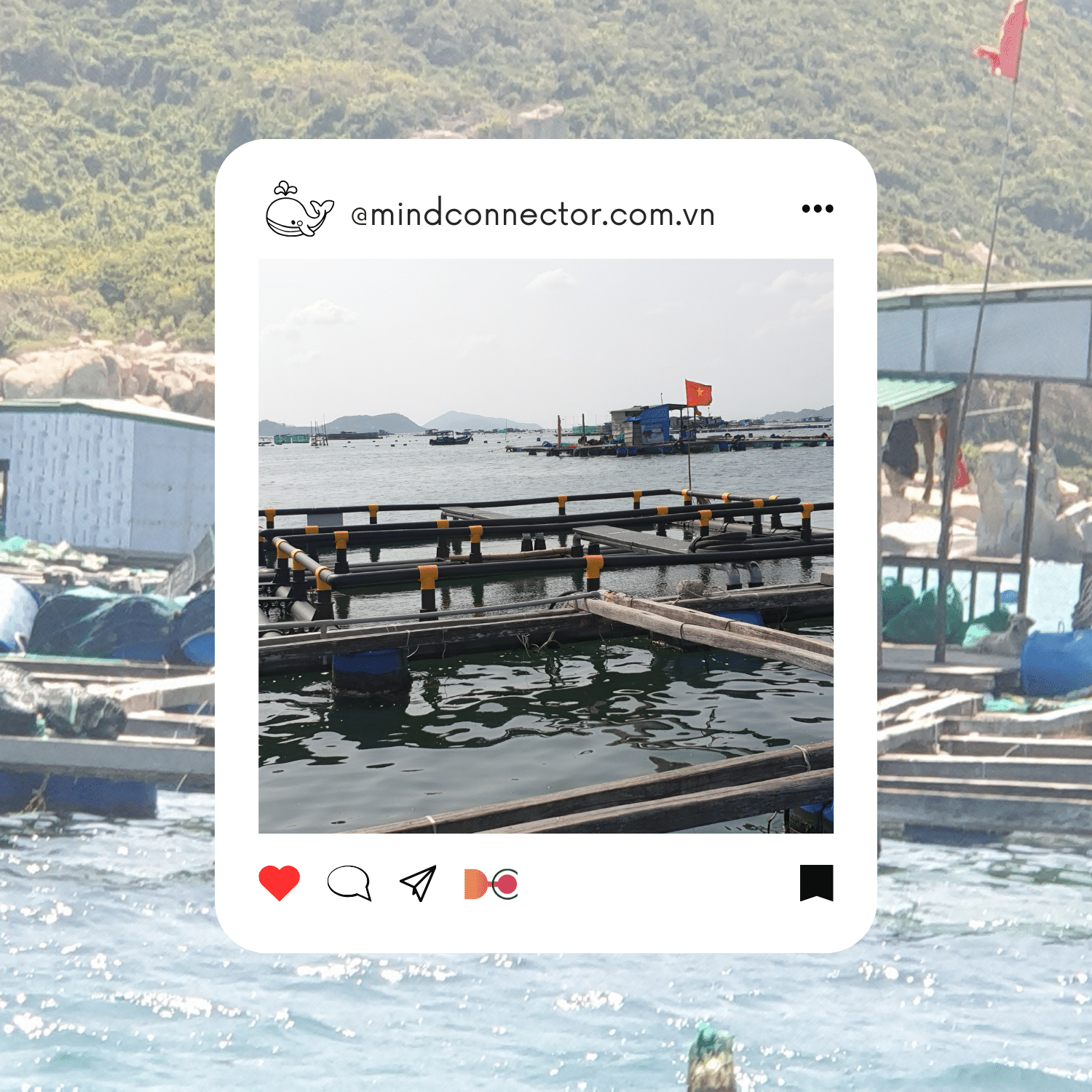
6. Conclusion
HDPE cages are an advanced technological solution, ensuring sustainability in marine aquaculture. Promoting their application is necessary to meet food demand, minimize negative impacts on the environment and promote a sustainable marine economy in the future.
In the context of increasing climate change, switching to HDPE cages not only brings economic benefits but also contributes to environmental protection and improving the lives of fishermen.
